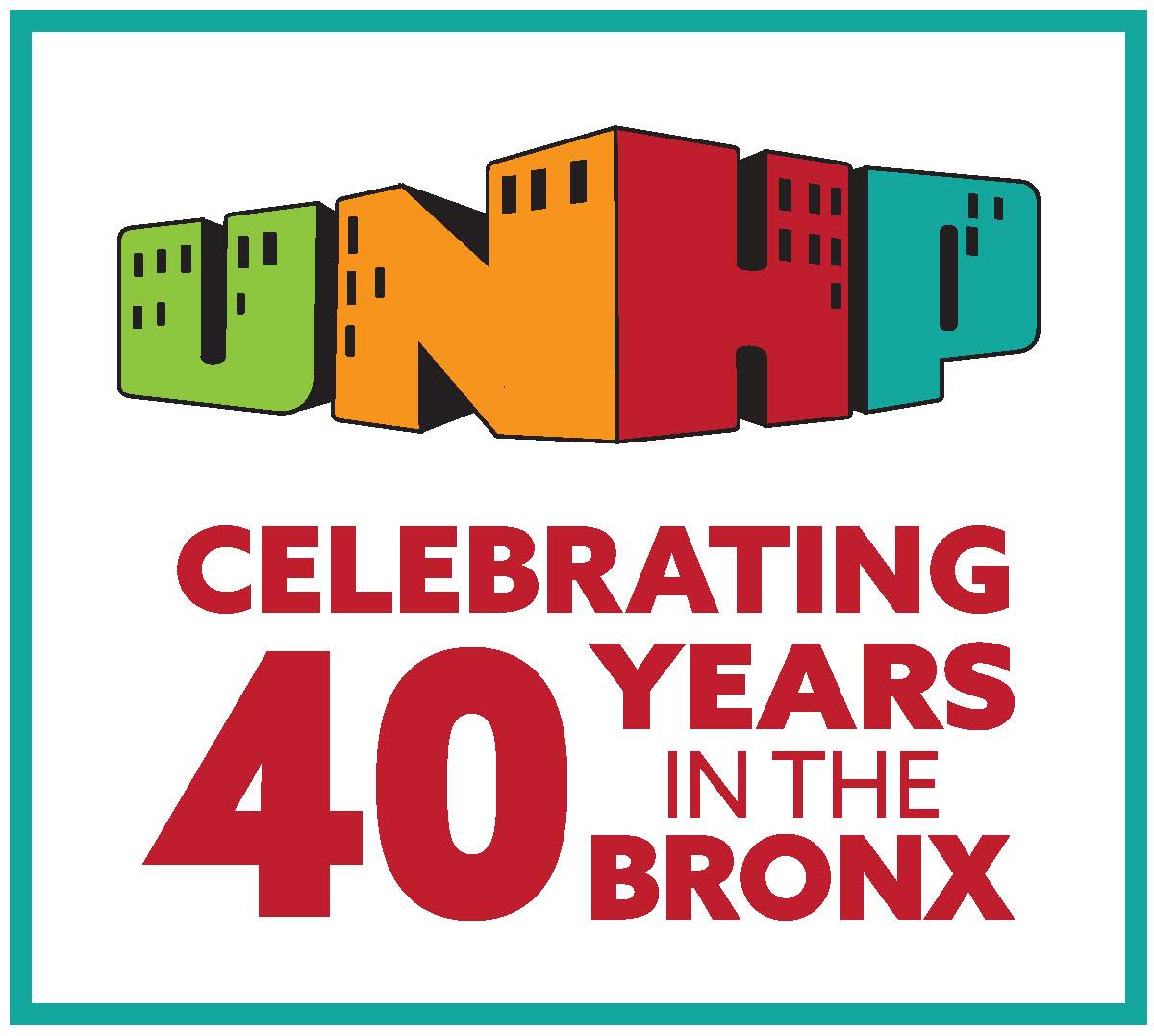By 9:45 on a recent Saturday morning, the line for the three ATMs at the Washington Mutual branch on East Fordham Road filled the small waiting area. A few blocks west, customer William Koboy expressed his frustration at Chase’s lines. “It’s almost always backed up,” he said. “The line’s usually 10 or 15 minutes.”
With 3,443 households per bank branch, the Bronx is the most under-banked borough in New York City. Manhattan, by contrast, counts 1,159 households per branch. Long lines are not the only consequence.
Advocates point out that lack of bank branches made the borough’s homeowners ripe victims for predatory mortgage lenders. Other Bronx residents without traditional banking outlets endure excessive check cashing fees or pay unnecessarily high interest for loans.
Many worry this bad situation will worsen along with the economy. According to the University Neighborhood Housing Program (UNHP), a local nonprofit advocacy and research group, the recent merger of the two banks with the largest number of branches in the Bronx — Chase and Washington Mutual — could mean the closure of a handful of branches. A dozen of the merged institution’s 50 Bronx branches are within short walking distance of one another.
“Many banks have closed branches after mergers,” said Sarah Ludwig, co-director of the Neighborhood Economic Development Advocacy Project, a citywide advocacy organization. “No matter how you slice it, when branches close, it’s always the neighborhoods that lose.”
Chase has not yet determined the fate of its Bronx branches, according to spokesperson Mike Fusco. It is certain, however, that some locations will be eliminated. “New York is one of many overlapping markets nationwide,” Fusco said. “But fewer than 10 percent of all branches [Chase and WaMu] will close. No decisions have been made yet.” Fusco added that “location and convenience” would be determining factors.
A senior staff person from Washington Mutual said no plans for the Bronx branches have been established.
Bedford Park has no banks at all. South Fordham, Morrisania and Longwood are similarly deprived. Meanwhile, a few commercial strips, such as Jerome Avenue between Mosholu Parkway and Gun Hill Road, host several branches in a small area.
“The problem is both quantity and distribution,” said Gregory Lobo Jost of UNHP. “No matter how you look at it, we have a low branch-to-household ratio, well behind any other county in this area.”
Lack of access to legitimate financial services is not a new challenge for Bronxites. In the 1970s, residents confronted the practice of banks redlining — automatically denying loans to applicants from poor neighborhoods of color — by organizing successfully for passage of the Community Reinvestment Act (CRA).
As a result, banks can be sanctioned by government regulators for refusing to lend in poor neighborhoods. Enticements, in the form of improved CRA ratings and property tax breaks, encourage banks to expand into underserved areas.
Progress is slow. According to the Federal Deposit Insurance Corporation (FDIC), which regulates the nation’s banks, in July 1994, the Bronx had 113 banks. As of July 2008, there were 146.
A report by Congressman Anthony Weiner (D-Queens) charted the likely effects of the Chase-Washington Mutual merger on low income and working communities across the city. The Bronx proved the most vulnerable, with four communities with incomes below $25,000 — Tremont, Fordham, Belmont and the South Bronx — at risk for branch closures.
“Access to banking institutions and their credit and investment capital is essential to create and retain jobs, develop affordable housing and support small businesses,” Weiner said through a spokesperson. “But banks in this city are disproportionately serving wealthy New Yorkers.”
Closures would hit some areas harder than others. According to the Weiner report, the 70,000 residents of the Tremont neighborhood could be left with only one bank branch. Bedford Park doesn’t have a bank branch, but fewer in neighboring areas would mean longer lines for already frustrated customers.
“I can’t tell you how inconvenient it is now,” said Gus Birru, a longterm Bronxite who now lives in Kingsbridge Heights. “Between Fordham Road and Mosholu Parkway there are barely any branches. I’m spending way more money on ATM fees than I should.”
Joy Cousminer has confronted similar issues before. She founded Bethex Federal Credit Union in 1970 when she recognized poor women of color could not access legitimate financial services. Today Bethex boasts 10,000 members, 75 percent of whom participate in what Cousminer calls the “gray market” — the informal sector that draws its workforce from the undocumented and the poor.
Cousminer reflected that a general economic downturn and a withdrawal of mainstream bank branches could increase Bethex’s membership. “We inherit what others abandoned,” she said.
